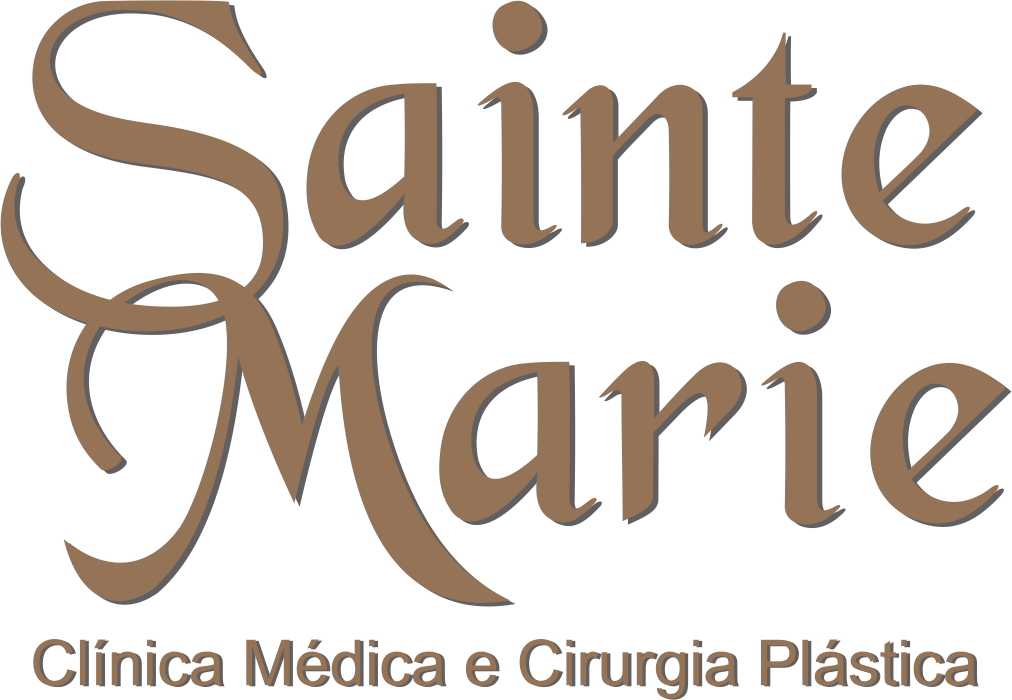Chin – Genioplasty (Chin Surgery)
The chin is one of the main points of reference in the study of face aesthetics. The ideal chin needs to observe a positioning within certain aesthetic limits, making it a harmonious whole along with other parts, such as the nose, eyes, mouth, etc.
When it is either in a more advanced or more retracted position in relation to its ideal placement, there are surgical corrections. The most common genioplasty seeks to correct the retro-position (retracted chin), through the inclusion of a piece of silicone or other surgical resource available to the doctor.
FAQ
Where are the scars located?
In cases of insertion of silicone implants, an internal scar can be made (inside the mouth) or it can be inserted through a small incision in the lower jaw. It is at each surgeon’s discretion to indicate the site of the scar. In the case of fat transfer (indicated only in limited circumstances), there will be no scars.
What type of anesthesia is used?
For chin correction, local anesthesia is used (with or without sedation, depending on the case). If it is combined with other surgeries, the surgeon will consider the convenience of performing the surgery under local or general anesthesia.
How will the silicone prosthesis be introduced?
The surgeon usually models the piece or uses a precast one (there are several sizes), which may be presented to the patient during the preoperative interviews.
Is silicone dangerous? Can it cause cancer?
For over 35 years, solid silicone has been used around the world, with thousands of operated patients, who have not signaled the presence of carcinogenic action of this product. It is an inert substance to the body and it remains in the place it was inserted, inside a fibrous capsule that the body itself develops right in the first days.
There are few cases of removal of the prosthesis. When this happens (usually due to problems in the immediate postoperative infection, trauma on the operated area, bleeding, etc.), the piece is removed by simple surgery under local anesthesia, without any sequel. A new prosthesis can be reintroduced subsequently.
Is the postoperative painful?
It is usually not, but if a light pain occurs, we can neutralize it with common painkillers.
Is postoperative dressing used?
A local dressing is usually done with the purpose of helping to maintain the prosthesis immobilized. Moreover, this dressing protects from any injuries that may occur in the early days.
How long will I have to rest at home?
Depending on the activity, only 1 day. Special cases may determine relative care for 8 to 10 days, without needs for complete rest, though.
What is the most important thing I should inform before the operation?
Inform us about the occurrence of some infected or inflamed lower tooth. If this event occurs, ask your dentist to treat it before looking for us for the genioplasty surgery.
Will my face change radically after the surgery?
There should be no great changes, as you will keep your individual characteristics. You will only get a better balance in your facial features.
Can this surgery be associated with rhinoplasty?
In many cases, the surgeon recommends the combination of the two surgeries, seeking a better aesthetic balance of the face. This is called “profileplasty”.



